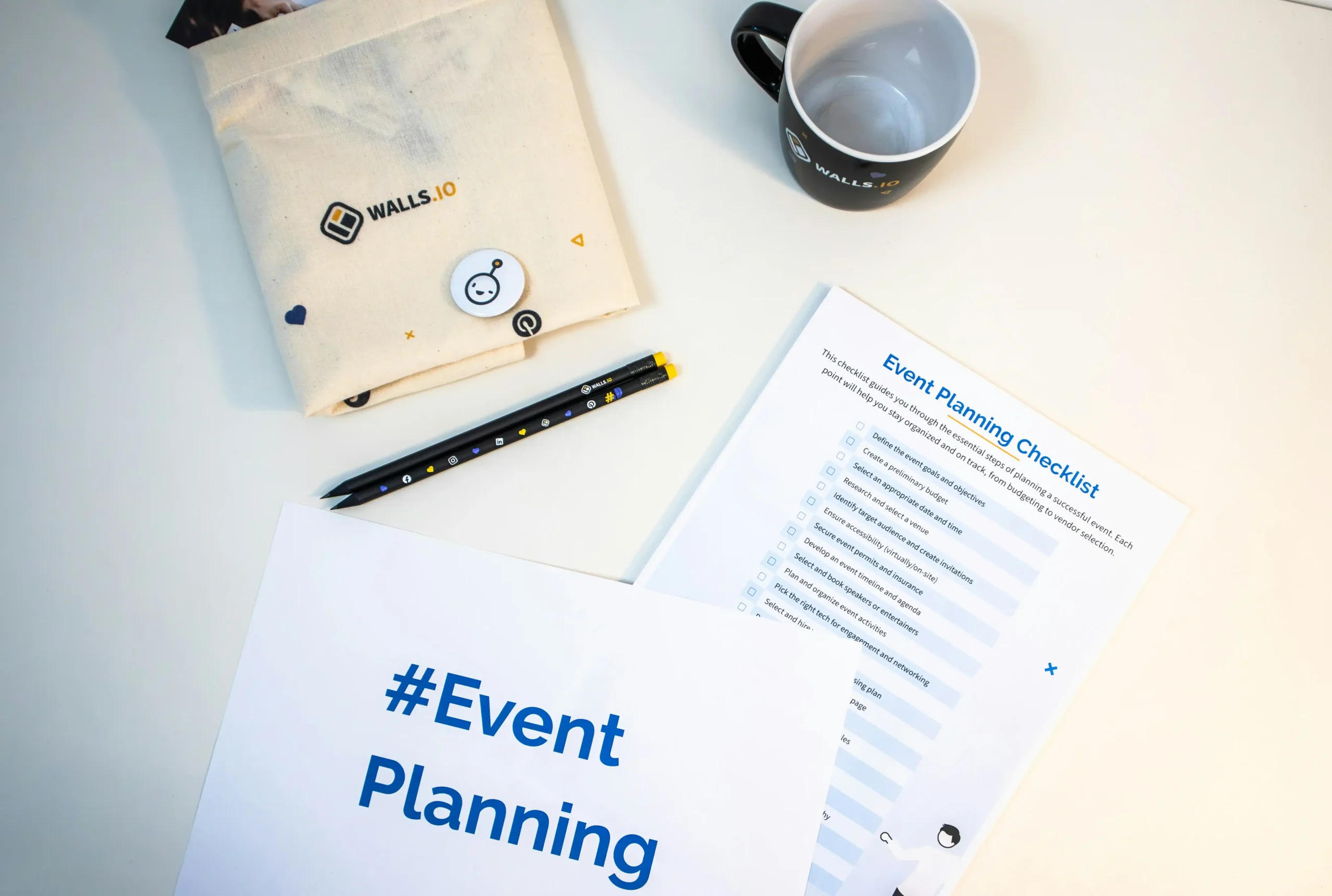- Home
- Articles
- Architectural Portfolio
- Architectral Presentation
- Inspirational Stories
- Architecture News
- Visualization
- BIM Industry
- Facade Design
- Parametric Design
- Career
- Landscape Architecture
- Construction
- Artificial Intelligence
- Sketching
- Design Softwares
- Diagrams
- Writing
- Architectural Tips
- Sustainability
- Courses
- Concept
- Technology
- History & Heritage
- Future of Architecture
- Guides & How-To
- Art & Culture
- Projects
- Interior Design
- Competitions
- Jobs
- Store
- Tools
- More
- Home
- Articles
- Architectural Portfolio
- Architectral Presentation
- Inspirational Stories
- Architecture News
- Visualization
- BIM Industry
- Facade Design
- Parametric Design
- Career
- Landscape Architecture
- Construction
- Artificial Intelligence
- Sketching
- Design Softwares
- Diagrams
- Writing
- Architectural Tips
- Sustainability
- Courses
- Concept
- Technology
- History & Heritage
- Future of Architecture
- Guides & How-To
- Art & Culture
- Projects
- Interior Design
- Competitions
- Jobs
- Store
- Tools
- More
Your Project’s Bottom Line: Planning for Real-World Costs

We often measure construction in tangible forms: cubic yards of concrete poured, tons of steel erected, linear feet of wiring installed. Yet beneath this physical reality lies another, equally critical structure, a financial one. This framework of numbers determines not just whether a project can start, but whether it finishes successfully. The disciplines of cost planning and estimation form the bedrock of this invisible architecture, transforming a vision into a viable, fundable, and ultimately buildable plan. Getting these initial figures right is arguably the most consequential phase of the entire endeavor.
Table of Contents
ToggleMore Than a Guess: The Science of Forecasting
A common misconception paints estimating as a sort of sophisticated guesswork. In truth, it is a rigorous forensic analysis of future conditions. Accurate forecasting synthesizes volatile material commodities, fluctuating labor markets, equipment rental availability, and even potential weather impacts into a coherent financial picture. This demands a disciplined approach to construction cost management, where every assumption is documented, every source validated, and every line item defensible. It’s the difference between a number that feels right and a figure that can withstand the scrutiny of lenders, investors, and the unpredictable reality of the building process itself.

The Evolving Nature of a Budget
Think of a project’s financial plan not as a static document but as a living entity that matures in resolution. The initial feasibility estimate might be a broad conceptual figure, accurate perhaps within twenty percent. As schematic designs evolve, this range tightens. Once detailed drawings and specifications are complete, a precise tender estimate emerges. This phased approach allows for intelligent decision-making at each stage, giving stakeholders the confidence to proceed or the crucial data needed to pivot before commitments are solidified and major costs are irrevocably locked in.
Interrogating the Numbers
A strong estimate doesn’t just list prices; it justifies them. This involves a deep dive into the ‘why’ behind each cost. Why does that specific cladding system carry such a premium? Could an alternative structural approach yield significant savings? This process, often called value engineering, is not about cheapening the project. It is a systematic search for smarter solutions that achieve the same functional and aesthetic goals through more efficient or innovative means. This critical interrogation of the design can uncover massive value, often without compromising the architect’s core vision.
Planning for the Inevitable Unknown
No construction project, regardless of its planning, unfolds exactly as predicted. A skilled cost planner acknowledges this inherent uncertainty by deliberately factoring it into the budget. A contingency reserve is not a slush fund; it is a strategically calculated pool of capital set aside specifically for unforeseen issues, a hidden utility line requiring relocation, an unexpected site condition, or a sudden spike in lumber costs. The size of this reserve is itself a reflection of the project’s overall risk profile and the confidence the team has in the completeness of its initial site and design investigations.

The Human Element in Calculation
Beyond the spreadsheets and databases lies a less quantifiable but equally vital factor: the human expertise of the estimator. This professional brings years of lived experience to the table, recalling how a similar soil condition impacted a past project’s foundation costs or how a specific contractor’s work methods might influence labor productivity. This nuanced understanding of real-world building dynamics provides context that raw data alone cannot, adding a layer of qualitative insight that separates a theoretically sound estimate from a practically achievable one.
From Spreadsheet to Reality
The ultimate test of any estimate is its collision with the marketplace. The tender process, when contractors bid on the work, provides a brutal and honest audit of all prior planning. A well-prepared estimate will align closely with the returned bids, validating the methodology and assumptions. A significant variance signals a disconnect that must be urgently understood before proceeding. This moment of truth is where the financial architecture proves its strength, ensuring the project moves from a well-funded plan to a physically and financially constructible reality.
illustrarch is your daily dose of architecture. Leading community designed for all lovers of illustration and #drawing.
Submit your architectural projects
Follow these steps for submission your project. Submission FormLatest Posts
Remembering Frank Gehry: What His 96 Years Teach Us
Frank Gehry’s passing at the age of 96 marks a significant moment...
Furniture Movers by the Hour: Complete Guide to Hourly Moving Services in 2025
Introduction Furniture movers by the hour are professional moving services that charge...
Where To Charge Rivian: Complete Guide to Charging Locations and Networks
Introduction Rivian electric vehicle owners can charge their vehicles through multiple charging...
Frank Gehry Architecture: Style, Innovation and Iconic Works
Frank Gehry is one of the most influential architects of our time,...












Leave a comment